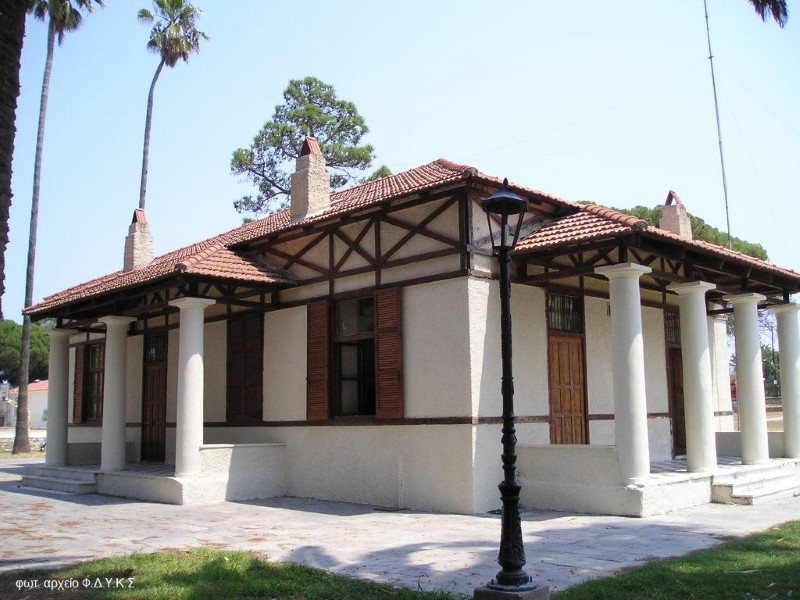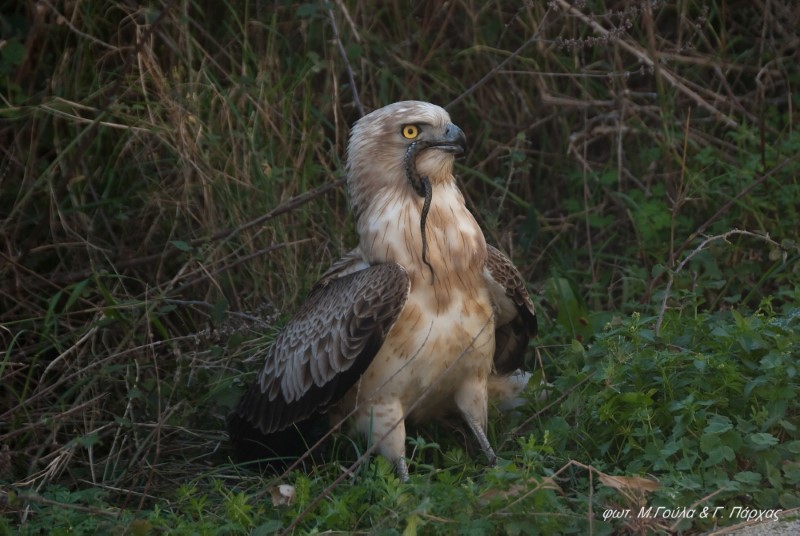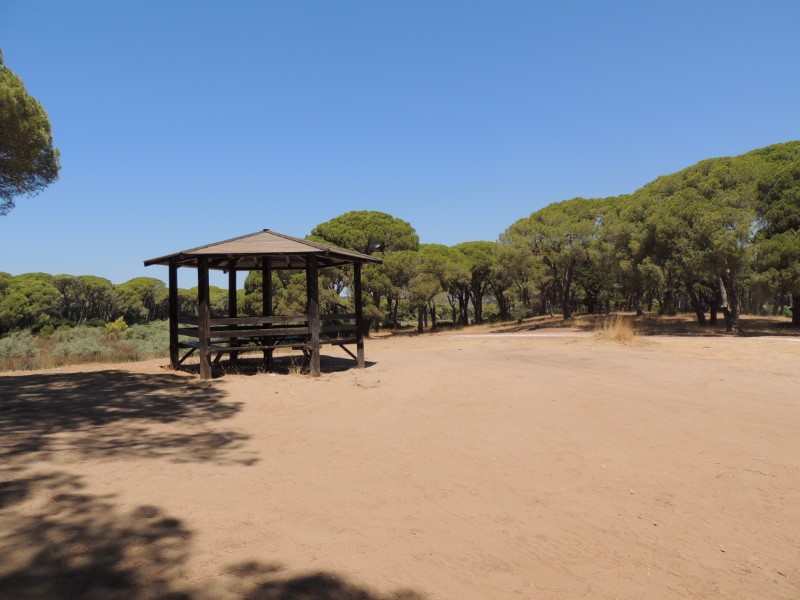THE AUTHORITY’S HEADQUARTERS

Law 3044/2002 established 25 Bodies for Managing Protected areas in Greece. This also includes the Kotychi – Strofylia Wetlands Management Body, which is a public utility Legal Person that is governed by Private Law and supervised by the Ministry for the Environment, Energy and Climate Change. It is governed by an 11-member Board of Directors whose composition ensures representation by central government (Ministries), local government at all levels (Regions and Principalities), the productive classes, the Environmental Organisations and the scientific community.
Lappa in the Western Achaia Municipality was designated as the Management Body’s headquarters, where its offices and the Strofylia Forest – Kotychi Lagoon Information Centre are located. Its area of responsibility covers an area of 14,300 hectares, which is distributed between the Achaia and Ileia Regional Entities. It is situated in the West to Northwest section of the Patras – Pyrgos Road, 18 – 50 km between the Municipalities of Western Achaia (Achaia Regional Entity) and Andravida – Kyllini (Ileia Regional Entity). The boundaries of the protected area extent from Araxos Cape (Achaia Regional Entity) to a short distance before Lehaina (Ileia Regional Entity) and include a 30 km long strip of land with a variable width from 0.5 to 4 km.
In accordance with JMD bearing number 12365 (OGG Δ’ 159/29-04-2009) in 2009, the terrestrial, water and marine areas at Kotychi Lagoon, Strofylia Forest and their surrounding region (Achaia Regional Entity and Ileia Regional Entity) have been designated as the “Kotychi – Strofylia National Wetland Park” with the boundaries and protection zones that are described in that JMD.
SHORT-TOED SNAKE EAGLE

The Management Body’s purpose is to protect the habitats in the protected region and specifically the wetlands, dunes and pine forest (Pinus pinea) at Strofylia – the most extensive pine forest in Greece. In addition to protection, the Authority’s aim is to provide information and awareness about the area’s ecological significance, to promote sensitivity amongst the citizens and to also implement environmental training, touring and ecotourism programs.
KIOSK IN THE NATIONAL PARK

The Management Body’s priorities include recording and monitoring the types of habitats and the species of flora and fauna in the protected area, managing the forest to preserve and assist pine trees (Pinus pinea), continually monitoring the water quality in the lagoons, protecting dunes in the coastal zone and finally informing residents and visitors about the area’s values in order to raise their awareness about the dangers the region is facing.


